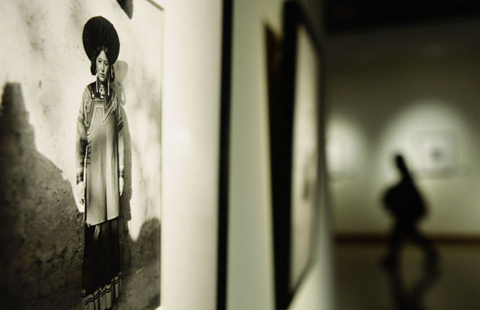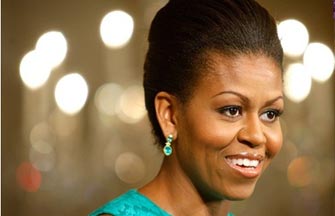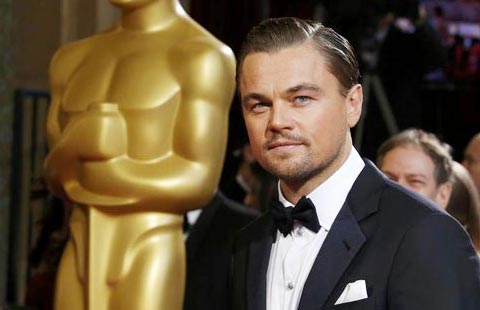Auctioneers and collectors agreed it is diversity that has boosted Hong Kong's auction market in recent years. It is not only the growing number of auction houses, but also their different competitive strategies and items on sale that leads to a gradual change in Asian auction business pattern.
"Hong Kong is becoming more and more important to global auctioneers and the increasing diversity will do good to the city' s market in future," Jiang Zaiming, a well-known curator and ink painting collector, said this will also have an impact on Chinese mainland market.
In 1973, world renowned auction company Sotheby's ventured into Hong Kong where its first-ever auction in Asia was launched. Its counterpart Christie's held its first Hong Kong auction in 1986, selling Chinese paintings, ceramics and handicrafts, and jewelry. After the year of 2000, more auction houses from all over world came and joined the business in Hong Kong.
Now, apart from the two auction magnates, international companies of smaller scale, including Bonhams, Ravenel, Tiancheng and local ones like Kai Fu have also taken root in Hong Kong. In 2012, both China Guardian and Poly Auction set up their offices in the city with the aim to expand their clientele internationally.
"Sotheby's concentrates on specialties, while Christie's is keen to open up new sources of customers. Tiancheng's strength is on jewelry auction. And you can see steadiness and innovation in Guardian and Poly respectively," He Ying, art director of Hong Kong-based Edge Gallery, described the different features of auctioneers in the territory.
Managing Director of Poly Auction Alex Chang agreed that as Hong Kong is an all-inclusive international metropolis, where people enjoy great freedom and are more open-minded, each auction house has formed its unique character and advantage while trying to open up the Hong Kong market.

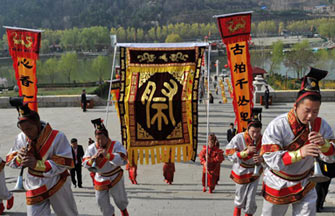
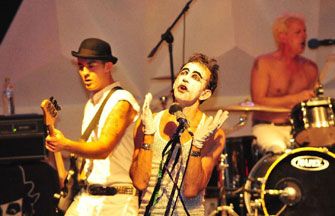
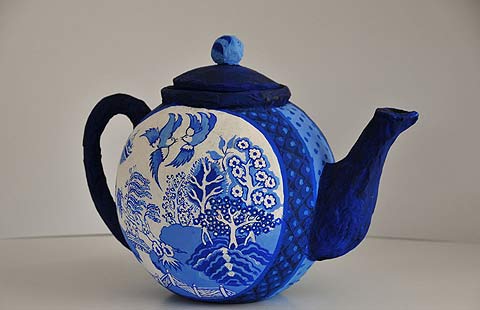
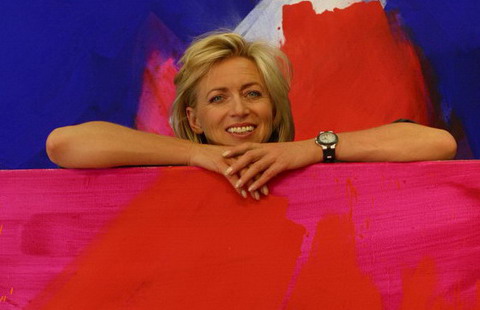

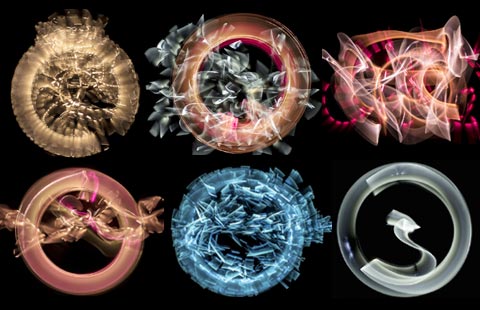



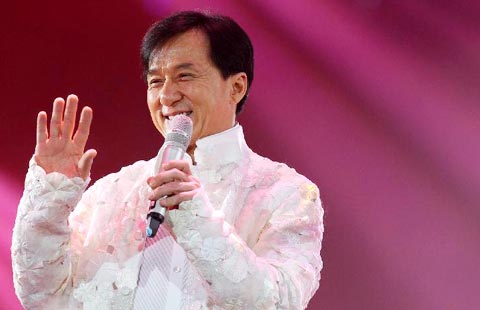



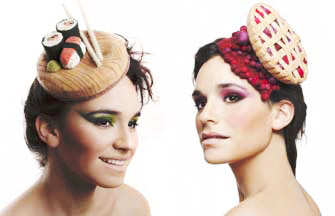
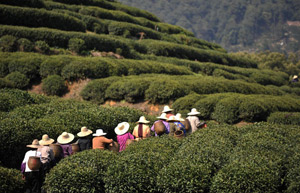


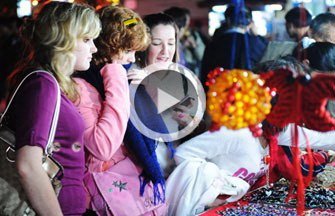
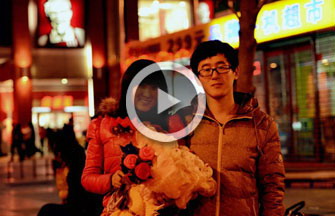
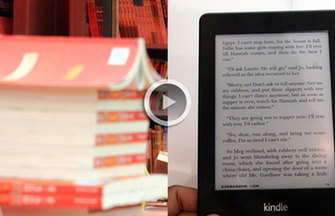
 Raymond Zhou:
Raymond Zhou: Pauline D Loh:
Pauline D Loh: Hot Pot
Hot Pot Eco China
Eco China China Dream
China Dream China Face
China Face



